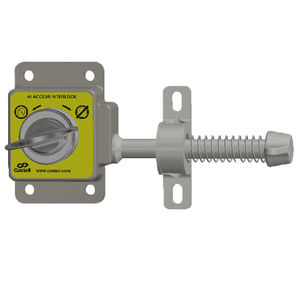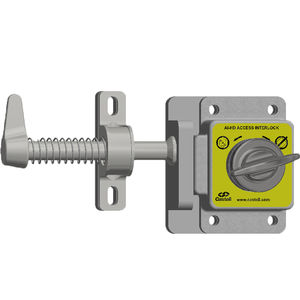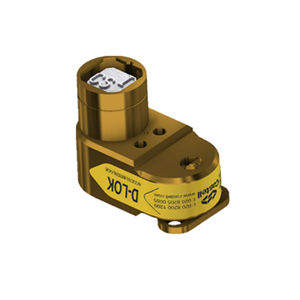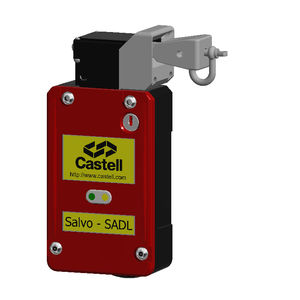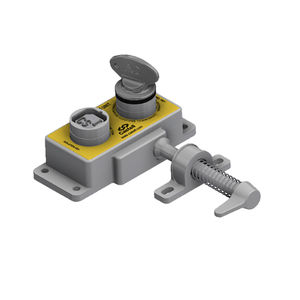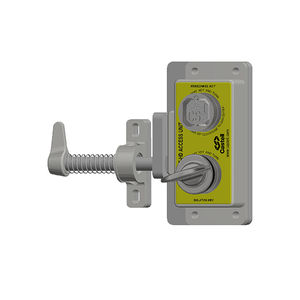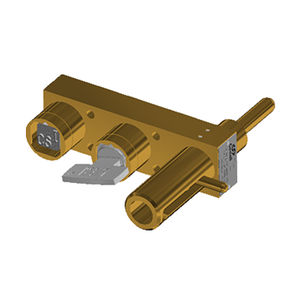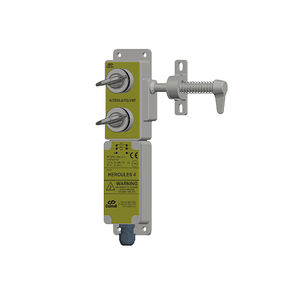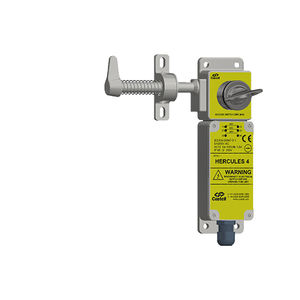
- Materials - Tools - Components
- Standard Mechanical Component
- Bolt lock
- CASTELL SAFETY INTERNATIONAL
Sliding door lock KEboltbrasssafety

Add to favorites
Compare this product
Characteristics
- Type
- bolt
- Product applications
- for sliding doors
- Material
- brass
- Other characteristics
- safety
Description
KE – Sliding Door Interlock
Part Body Access
The KE lock is a one piece access interlock comprising of a main body and sliding bolt. The lock is designed to suit sliding doors of various sizes and thicknesses. The interlock is manufactured in brass and comes with the FS or Q lock type portions and is ideal for use in dry, non-corrosive environments where the lock is subject to medium to heavy use. Typical industries using the KE lock are automotive and steel production.
OPERATION
The Castell KE sliding door interlock range is used for sliding door applications.
The length of the bolt is 50.8 mm. The key is free when the bolt is extended. Insertion and rotation clockwise of the key will retract the bolt. The key will be trapped in the bolt retracted position.
USAGE
The KE sliding door lock should be used to allow safe control of sliding doors.
The KE lock is not designed for security purposes, such as external access to a building.
No hazardous substances were used in the manufacture of this product.
APPLICATION
The KE bolt interlock safety component is used as an integrated part of a safety system, typically in machine guarding applications.
The power supply to the system is switched on and the access door to the hazardous area is locked closed.
The removal of the isolation key in the KS20, isolates the electrical supply to the LV Panel. This key is then used to unlock the KE sliding door interlock interlock on the sliding door.
The power cannot be switched on until the door is closed, the bolt is trapped in the KE sliding door interlock and the key is returned to the KS20.
Other CASTELL SAFETY INTERNATIONAL products
Access control
*Prices are pre-tax. They exclude delivery charges and customs duties and do not include additional charges for installation or activation options. Prices are indicative only and may vary by country, with changes to the cost of raw materials and exchange rates.


